There are several tile exporter companies in the globe, including corrimal, tileshop, lawe’s, gomestile, and others; nevertheless, not every enterprise is destined for success.
ceramic tiles stone look
While some firms have battled from a humble beginning to a thriving today, others have been laying the foundation for future success. Over the years, firms that have performed research and developed their own methodology and operational procedure have regularly achieved remarkable success. The ceramic tiles market was valued at USD 355. 31 billion in 2021 and is projected to expand at a CAGR of 7. 1% from 2022 to 2030. During the forecast period, a rise in the global construction of office buildings, retail centers, hotels, and other utility spaces is anticipated to raise demand for the products. The pandemic breakout of COVID-19 in 2020 had a huge impact on the sector, since lockdown measures instituted by governments throughout the world to prevent the disease’s spread halted building and construction operations. The global supply chain for ceramic tile was also impacted by lockdowns in a number of important nations that produce the product. As a result of government-provided relaxations of lockdown laws and a reduction in the intensity of the pandemic, the market had a strong rebound in the second half of 2020 and is expected to do so again in the next years. It is projected, however, that the threat of more waves in nations that make ceramic tiles would restrict market development. Due to increased demand for single-family house construction and stronger residential replacement in the U.S. , the ceramic tile market is likely to expand over the forecast period. Regulations of the U.S. Green Building Council mandating the use of eco-friendly building materials have had a positive effect on the growth of the business. Ceramic tiles are gaining popularity in flooring and wall applications due to its durability, rigidity, and eco-friendliness, which satisfy green building standards. Due of the vast array of colors, sizes, and textures that are commercially available, these materials are gaining popularity for usage in high-end flooring applications. In the ceramic tile manufacturing industry, digital inkjet printing technology for tile decoration is gaining popularity. Due to significant advancements in print head design and ink composition, it is estimated that the market penetration of the aforementioned technology would expand throughout the forecast period. Numerous service providers, including design studios that aid in the creation of new graphics for the production of more aesthetically attractive tiles, are combining with industry leaders. It also includes providers of end-line processing, which includes slicing, grinding, and polishing the final product. Ceramic tiles are mostly distributed through distributors, wholesalers, and large-scale shops. 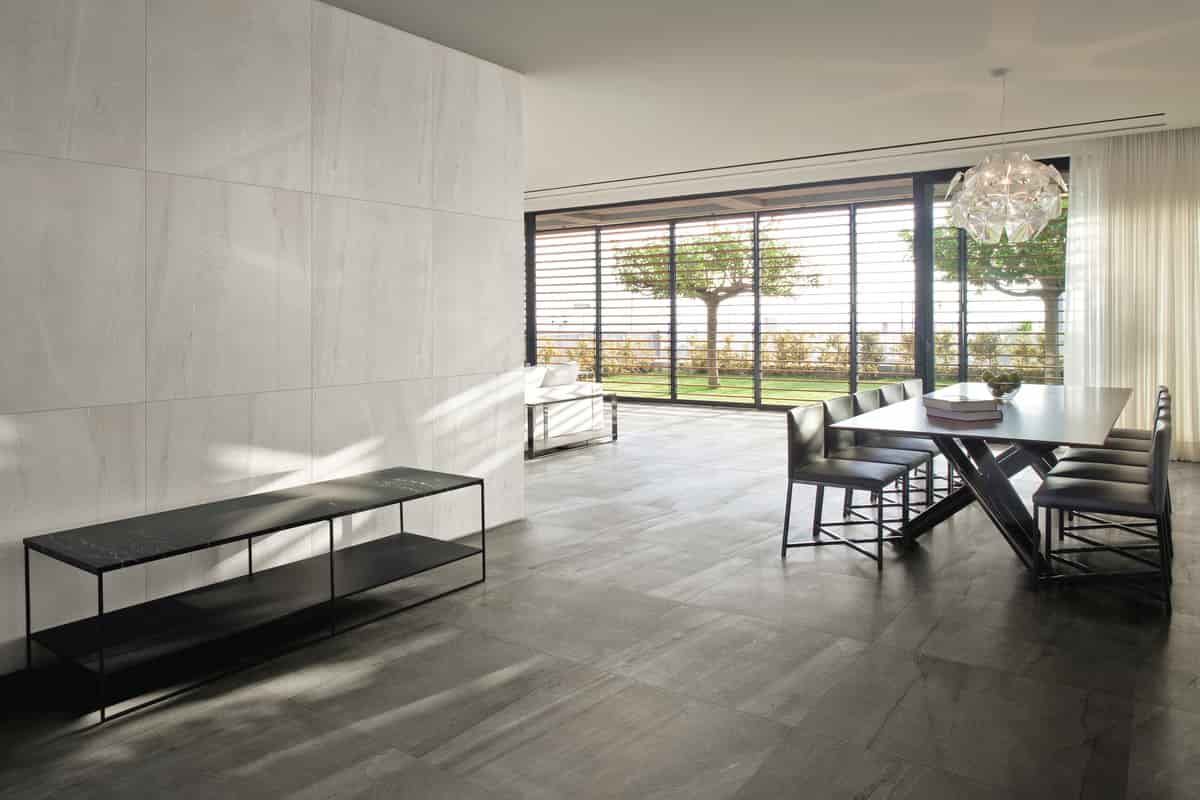
ceramic tiles wall
To address the needs of end users, distributors and retailers collaborate with construction companies, adhesive and glue suppliers for tile installation, architects, and designers. Product Specifics In 2021, porcelain tiles will dominate the market and account for around 54% of total revenue. Because they are made from finer, denser clay and burned at exceptionally high temperatures, these tiles give the flooring with increased durability when exposed to heavy foot activity. In addition, impermeable porcelain tiles are resistant to mold and bacteria, enhancing their durability as a floor covering. In addition, the product’s chemical and stain resistance is expected to enhance demand for the aforementioned tiles due to their increasing use in shopping malls, hotels, and other locations. Glazed ceramic tiles are one of the most popular product categories, with demand of USD 97. 48 billion in 2021 and a projected CAGR of 5. 8% from 2022 to 2030. The incorporation of a protective glass coating provides these tiles with exceptional stain resistance. The protective coating on the glazed ceramic tiles provides them with a high level of water resistance, which increases their use in moist situations. As a consequence, these tiles are increasingly used in wet areas such as bathrooms, kitchens, and laundry rooms, which is expected to stimulate market expansion throughout the forecast period. In 2021, flooring applications produced around 54% of the market’s overall revenue. Commercial buildings, such as hotels and retail malls, are predicted to increase their demand for these tiles due to their affordability and enhanced aesthetics. The increasing influence of designers and architects on the usage of porcelain tiles and flooring in commercial settings is predicted to raise product demand. In commercial flooring applications, the simplicity of cleaning, trendy patterns, and stain and water resistance provided by these materials are predicted to increase demand throughout the forecast period. Ceramic wall tiles are predicted to see a considerable CAGR of 7%, which will boost the need for wall tiling patterns for use in living spaces, as a result of the changing home décor trend. In addition, it is projected that brand owners will grow the market by expanding their product ranges, especially by offering new application areas outside of bathrooms and kitchens. In commercial settings such as corporate offices, hotel lobbies, and museums, porcelain wall tiles are being used as a suitable alternative to conventional stone materials. In addition, technological advancements have made it possible to produce tiles with larger dimensions, which has contributed positively to the expansion of the ceramic tile sector as a whole. End-use Considerations The commercial end-use sector dominated the market in 2021, accounting for nearly 54% of total market value. Throughout the projected period, market development is predicted to be driven by the rising demand for ceramic flooring that is both cost-effective and exceptionally durable. 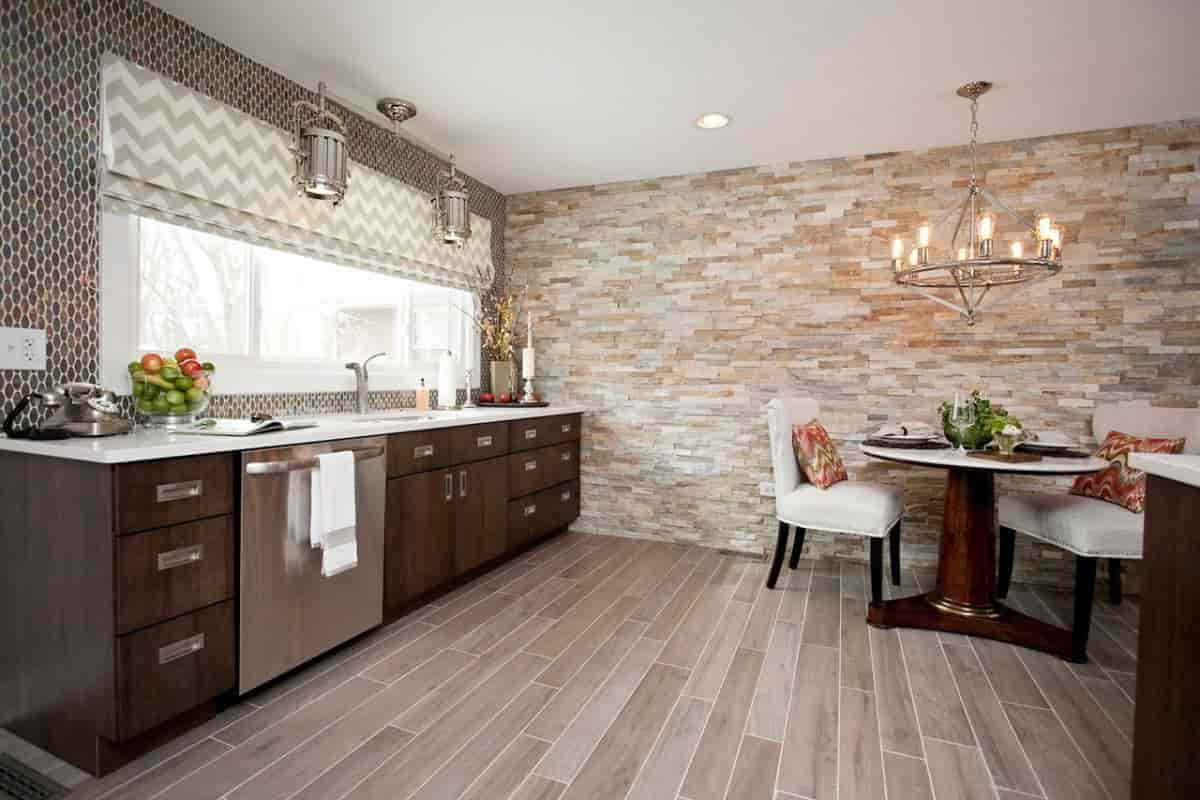
ceramic tiles price
Innovative materials and straightforward installation techniques have greatly spurred the rise of the commercial flooring industry. Due to its antibacterial, nonslip, and water-resistant properties, ceramic flooring is gaining popularity in institutions and other industries, including the hospital and healthcare business. Residential end-use demand, valued at USD 163. 31 billion in 2021, is projected to increase at a CAGR of 7. 5% between 2022 and 2030. As a result of the product’s anti-slip and scratch-resistance, the rising housing market in developing countries such as India is predicted to increase demand. The protective coating on the glazed ceramic tiles provides them with a high level of water resistance, which increases their use in moist situations. As a consequence, these tiles are increasingly used in wet areas such as bathrooms, kitchens, and laundry rooms, which is expected to stimulate market expansion throughout the forecast period. Regional Considerations Asia-Pacific led the sector in 2021 and produced around 46% of worldwide sales. The residential and nonresidential building sectors of Asia Pacific’s growing nations, notably China and India, are expected to generate market development opportunities. The construction industry is anticipated to increase due to the region’s expanding population, rapid urbanization, and rising income per capita. As a result of the region’s ongoing economic growth, it is predicted that the expansion of the residential, commercial, and industrial sectors will boost construction activity, which will eventually fuel product demand over the forecast period. As more houses and companies are constructed in North America, the ceramic tile market is expected to expand at a substantial CAGR of 5. 6% over the forecast period. Numerous Italian tile manufacturers are developing manufacturing facilities there due to the region’s proximity to raw materials and large untapped market. Demand for the product in residential and commercial replacement applications is predicted to expand in North America as a result of the need to improve existing infrastructure. 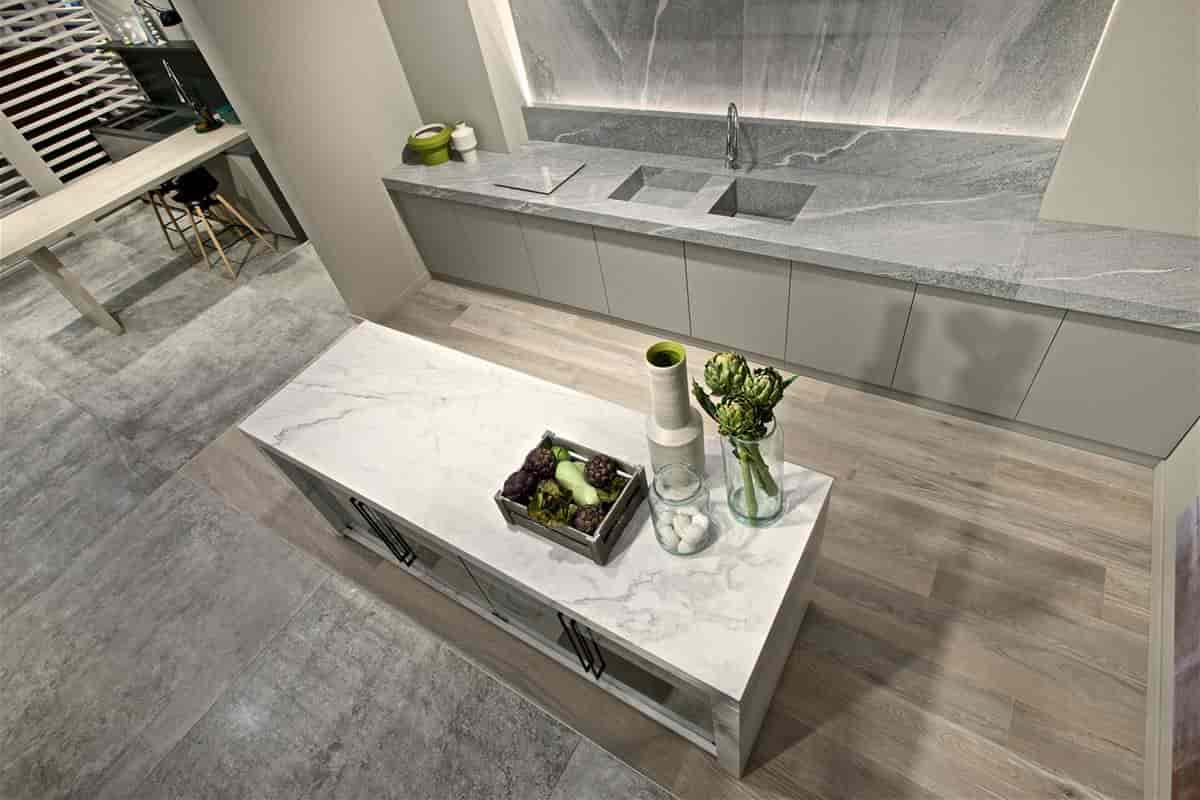 Commercial development, which consists of offices, hotels, and other lodging facilities, has seen constant growth in 2020, which is expected to sustain future product demand in the region. Important Organizations and Market Share Data To attract clients, businesses regularly create products with little environmental effect, enhanced durability, and appealing design. To thrive in a very competitive market, industry leaders are focusing on reducing operational costs, enhancing product quality, boosting production output, and acquiring smaller competitors. Competitors also consider the high R&D costs associated with ceramic flooring products on the cutting edge of the industry.
Commercial development, which consists of offices, hotels, and other lodging facilities, has seen constant growth in 2020, which is expected to sustain future product demand in the region. Important Organizations and Market Share Data To attract clients, businesses regularly create products with little environmental effect, enhanced durability, and appealing design. To thrive in a very competitive market, industry leaders are focusing on reducing operational costs, enhancing product quality, boosting production output, and acquiring smaller competitors. Competitors also consider the high R&D costs associated with ceramic flooring products on the cutting edge of the industry.


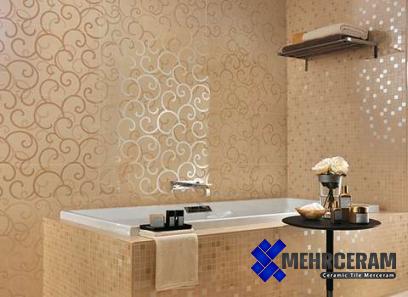
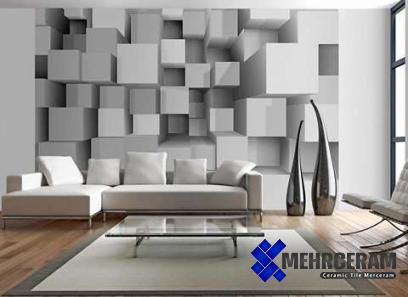
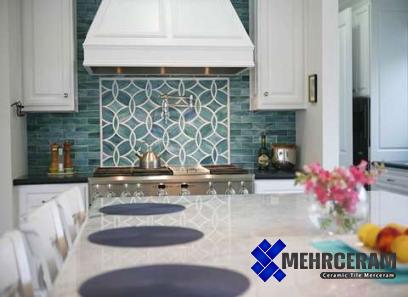
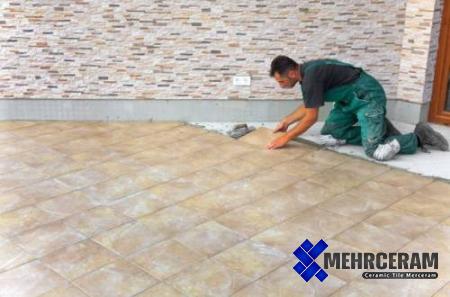

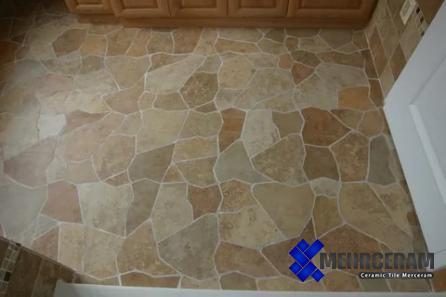

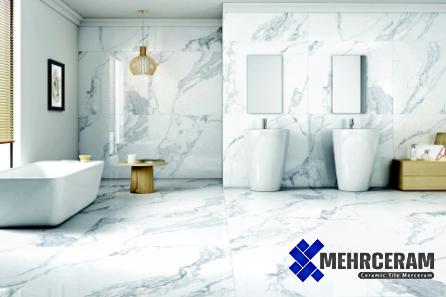
Your comment submitted.